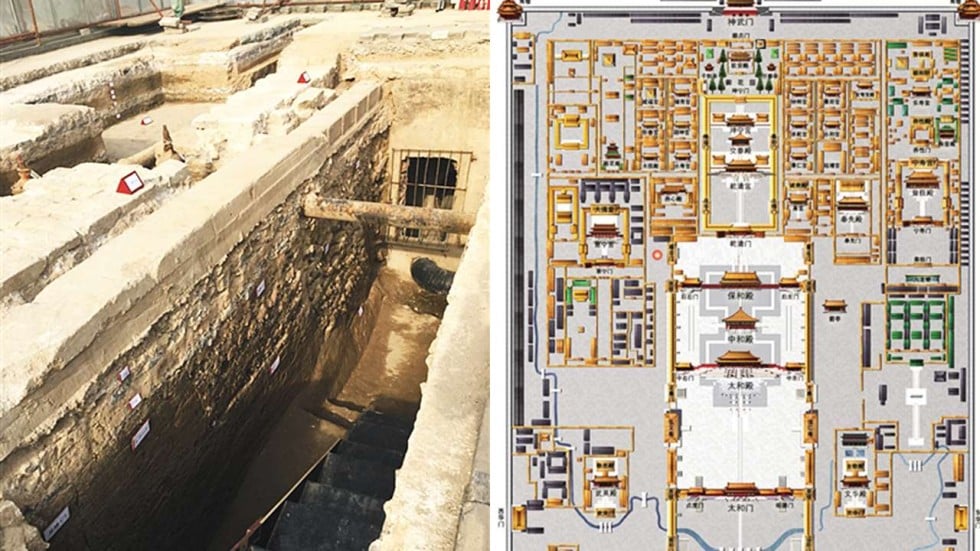Chinese archaeologists solve mystery of Beijing’s Forbidden Palace
For the centuries, the location in Beijing of Kublai Khan’s Yuan dynasty palace remained a mystery. Experts at the Palace Museum now believe it was not near the Beijing’s most famous royal residence, but underneath it
South China Morning Post Friday, 06 May, 2016
Chinese archaeologists believe they may have solved one of the great mysteries of antiquity in Beijing – the site of the imperial palace of the Yuan dynasty established by Kublai Khan in the 13th century.
And while the Yuan palace was always believed to have been located near the present Forbidden City, experts from the Palace Museum now think it was under their feet, literally, in the centre of China’s most famous royal residence, Youth.cn reports.
Announcing the rare found yesterday, the experts said they had uncovered the foundations of a royal residence seven centuries old at the bottom layer of an archaeological dig in the centre of the Forbidden City.
The sprawling complex, built between 1406 and 1420, was the imperial palace of the Ming dynasty (1368–1644) and then the Qing dynasty until 1912.
The exact site of the Yuan imperial palace had remained a mystery but was thought to be close to the Forbidden City.
However, Palace Museum experts started a series of archaeological digs at the centre of the complex in 2014 in the hope of learning more about its construction history.
One of the excavation sites, in the centre of the Forbidden City, revealed four layers of historic foundations – starting with Qing at the top, late Ming then early Ming, and finally the Yuan at the bottom.
Li Ji, director of the museum’s archaeology department, told the news website Youth.cn that workers from the Ming dynasty removed all the Yuan era buildings on the site before they started construction of the Forbidden City, so such a discovery was extremely rare.
Other recent discoveries nearby include the ruins of a garden palace for the emperor’s mother, as well as a refuse pit for abandoned Qing Dynasty porcelain.



No comments:
Post a Comment